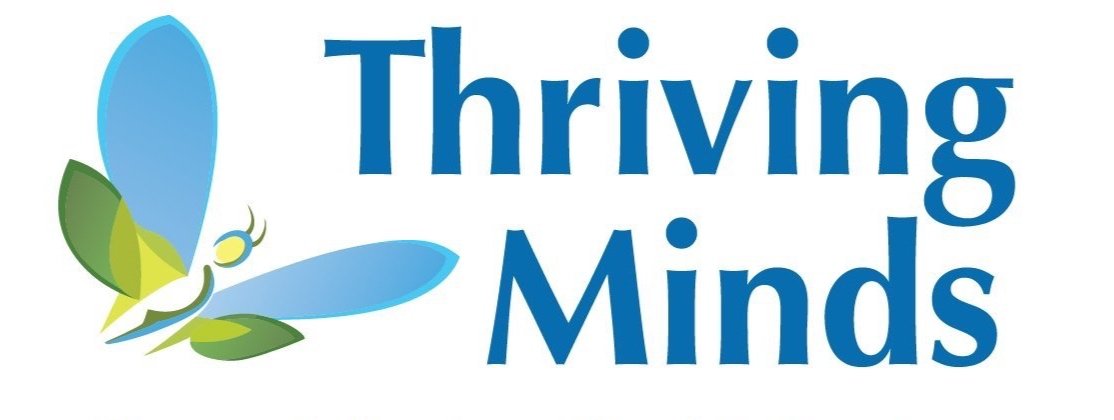Strength Spotting in ADHD: Helping Kids Thrive by Building on What They Do Best
When a child has ADHD, it’s easy to focus on challenges—distractibility, restlessness, or difficulty following through. But children are more than their struggles. Strength spotting is a powerful way to help kids recognize and use their unique talents, boosting confidence, resilience, and motivation.
What Is Strength Spotting?
Strength spotting is a simple but powerful activity where parents and children identify the child’s top strengths, then talk about how those strengths can be used at home, in school, and in daily life. This approach is especially helpful for kids with ADHD, who often hear more about what they’re doing “wrong” than what they’re doing well. By flipping the script, strength spotting highlights what makes a child capable, creative, and resourceful.
Why Focus on Strengths?
Boosts Motivation and Engagement
Children with ADHD often find repetitive or difficult tasks frustrating. But when activities are tied to their natural strengths—such as creativity, humor, energy, leadership, or problem-solving—they’re more motivated to participate and persist. A child who loves storytelling might be more engaged in writing if allowed to create comic strips, while a child with leadership skills may thrive when given opportunities to help teach a sibling or lead a small group activity.
Protects Self-Esteem
Kids with ADHD often receive a steady stream of corrective feedback: “Sit still.” “Stop talking.” “Pay attention.” Over time, this can chip away at their sense of self-worth. A strength-based approach counters this by helping them see that they are not just defined by their challenges. Instead, they begin to view themselves as capable and valuable, which fosters confidence in tackling difficult tasks.
Leverages Natural Abilities for Growth
Strength spotting is not about ignoring difficulties—it’s about using strengths as building blocks. For example:
A creative child might design a colorful system for organizing school supplies.
A child with strong independence might use that strength to follow a daily routine without reminders.
A child with empathy may be encouraged to use their caring nature to support friends or siblings.
When kids learn to apply their strengths in new ways, they gain practical skills while also feeling empowered.
Encourages Resilience
Highlighting strengths teaches kids that challenges don’t define them. They may struggle with attention or impulse control, but they also have unique abilities that help them bounce back and succeed. This perspective shifts the narrative from “I can’t” to “I can—with the tools I already have.”
Creates Positive Feedback Loops
When children experience success by leaning on their strengths, they build confidence. That confidence increases their willingness to try new strategies, which in turn improves outcomes in areas of difficulty. Over time, this cycle creates a reinforcing loop of effort, growth, and self-belief.
How to Try Strength Spotting at Home
For Younger Children:
Make a strengths list together. Write down their top 3–5 strengths, decorate the list, and post it somewhere visible.
Ask reflective questions: How can you use your strengths to help yourself? To help others? At school? At home?
Introduce “strengths badges.” Kids can earn a badge (a sticker, drawing, or symbol) whenever they notice themselves using one of their strengths.
For Older Children and Teens:
Use “strengths cards.” These can be printed or purchased sets that feature words like “curiosity,” “kindness,” or “perseverance.” Ask your teen to sort through and choose the top ones that feel most like them.
Encourage journaling about strengths: When did you use one of your strengths this week? How did it help?
Connect strengths to goals. For example, if a teen’s strength is problem-solving, discuss how they might use it to stay on top of assignments or navigate social situations.
Final Thoughts
Strength spotting is not about ignoring the very real challenges of ADHD. Rather, it is about seeing the whole child—their creativity, humor, determination, and kindness—alongside the difficulties. By intentionally highlighting strengths, parents can help their child develop confidence, resilience, and the motivation to keep trying. When kids learn that their strengths matter, they begin to see themselves not as a “problem to fix,” but as a person with powerful tools to grow, connect, and thrive.

